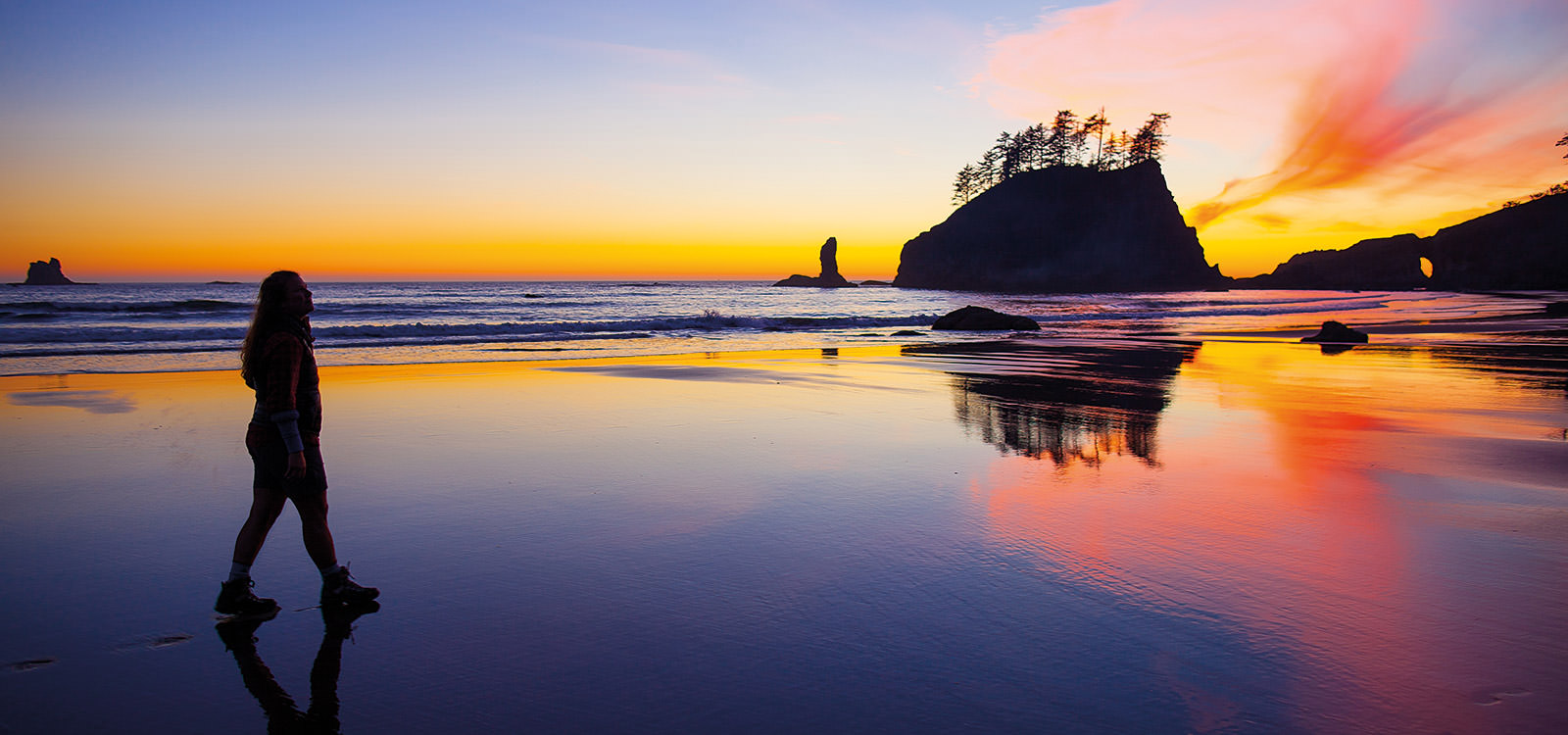Communities of the Blue: Gateways to our Sanctuaries
by Elizabeth Weinberg
It Starts with Communities
It wasn't until she was a teenager that Carol Bernthal first visited the ocean. A Wisconsin native, she traveled to Washington's Olympic Peninsula to visit her older brothers. Little did she know that that trip would change her life.
"After visiting the mountains we went out to La Push," she describes, "and we went out for a hike on the beach. And I just remember walking out onto this point and looking out at the ocean and just being kind of overwhelmed by the power and the history of this place."
That experience, she explains, set her down the course of working to protect the environment. Today, Bernthal serves as the superintendent of Olympic Coast National Marine Sanctuary, dedicating herself to protecting the marine communities off the coast of the Olympic Peninsula and supporting the human communities that depend on these ecosystems. With Bernthal at the helm, the sanctuary protects more than 3,000 square miles of ocean that serve as a home to marine mammals, seabirds, fishes, and other sea life.
Bernthal's experience is similar to that of so many people who have come to work in national marine sanctuaries, who volunteer to help support them, who visit to watch wildlife or surf sanctuary waves. Visit a sanctuary like Olympic Coast and you can feel it: these places aren't just a glossy ocean view—they contain something far more profound.
These iconic underwater places are the beating heart of the ocean and Great Lakes. From Stellwagen Bank off the coast of Massachusetts to National Marine Sanctuary of American Samoa all the way in the Southern Hemisphere, the sites of the National Marine Sanctuary System support rich ecosystems. In the system's more than 620,000 square miles, you can find communities of humpback whales feeding, mating, and raising their calves; lush coral reefs that support thousands of species of fish, invertebrates, and other organisms; kelp forests that shelter sea otters, crabs, sea urchins, sea stars, and sea lions—and so much more.
In addition to supporting rich biological communities, the ocean and Great Lakes serve a multitude of purposes for human communities. They provide our food. They help regulate our climate and weather and provide our fresh water and oxygen. They are key to our cultural heritage and history. They provide places for us to relax and serve as sources of rejuvenation. And so, sanctuaries are different things to different people: they are homelands, fishing grounds, or playgrounds; scientific laboratories or places to better ourselves. But no matter who you are, where you're from, and how you see your national marine sanctuaries, one thing is always true: when we help these ecosystems thrive, our communities thrive as well.
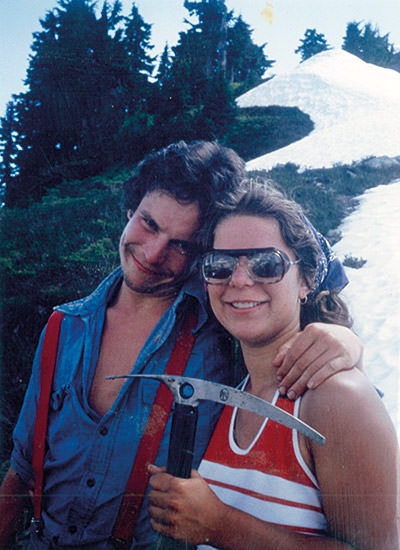
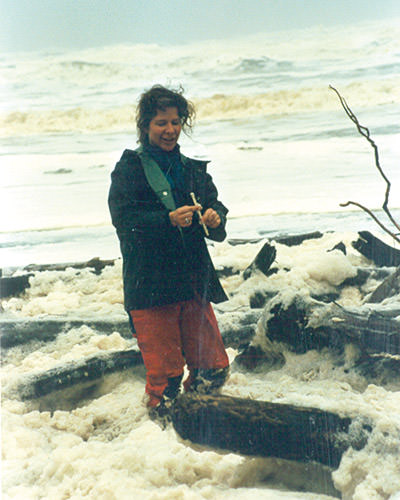
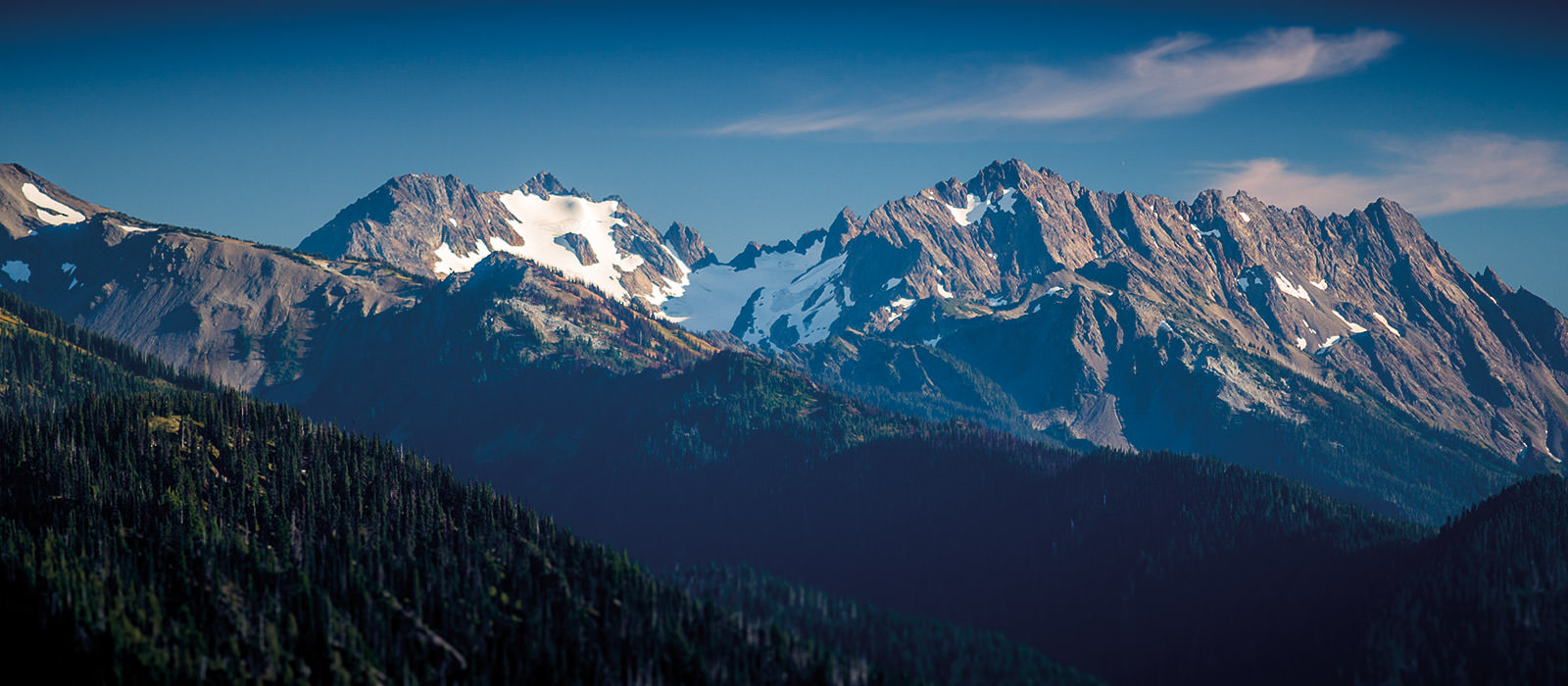
Sustaining Cultures
Though national marine sanctuaries have been around for a little less than 50 years, these special marine places have been sustaining life for far longer. Many national marine sanctuaries, including American Samoa, Olympic Coast, and Channel Islands, have close partnerships with indigenous cultures who have inhabited these places for millennia and still call them home today. By working together, NOAA and these indigenous cultures help preserve whole maritime cultural landscapes, from key species to cultural resources.
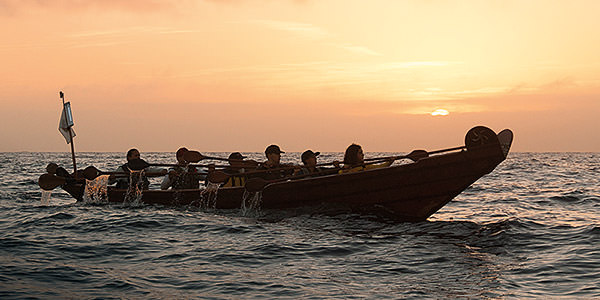

Indigenous peoples depend on the resources within and around national marine sanctuaries for their survival. Gene Brighouse, of National Marine Sanctuary of American Samoa, explains, "The ocean is an important connection to the people of American Samoa in that we rely on resources that sustain our families and livelihoods." In places like the community of Aunu'u, one of the sanctuary's six protected areas, residents depend on reef fish and other organisms for food. Protecting sanctuary waters enables those in American Samoa to help protect key sources of nourishment.
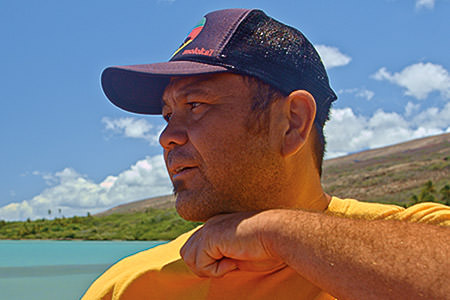
Resources and culture are inextricably linked: by working together to protect sanctuary resources, members of indigenous cultures and sanctuary managers can help sustain important cultural practices. Brighouse explains that the land and ocean interface is an integral part of Samoan folklore and cultural identity, so by protecting the sea, the people of American Samoa protect their culture. Similarly, within Hawaiian Islands Humpback Whale National Marine Sanctuary "are many, many storied places that are tied to the culture of the people that are living here," explains Solomon Pili Kahoʻohalahala, chair of the sanctuary's advisory council. "We must care for this place and the stories must be cared for, the resources must be cared for, and now we have a responsibility as a sanctuary to look at these waters."
"That's the future—it's a collective," says Hanohano Naeʻhu, Hui o Kuapā project director and land manager. Native Hawaiians, scientists, and the government have to "be on the same team, the same page. We're in this together. We want the same thing—we want to save our planet. We want to take care of our resources." Working together makes the most sense, he explains: "Science can make us smarter, but we believe native intelligence can make science smarter also."
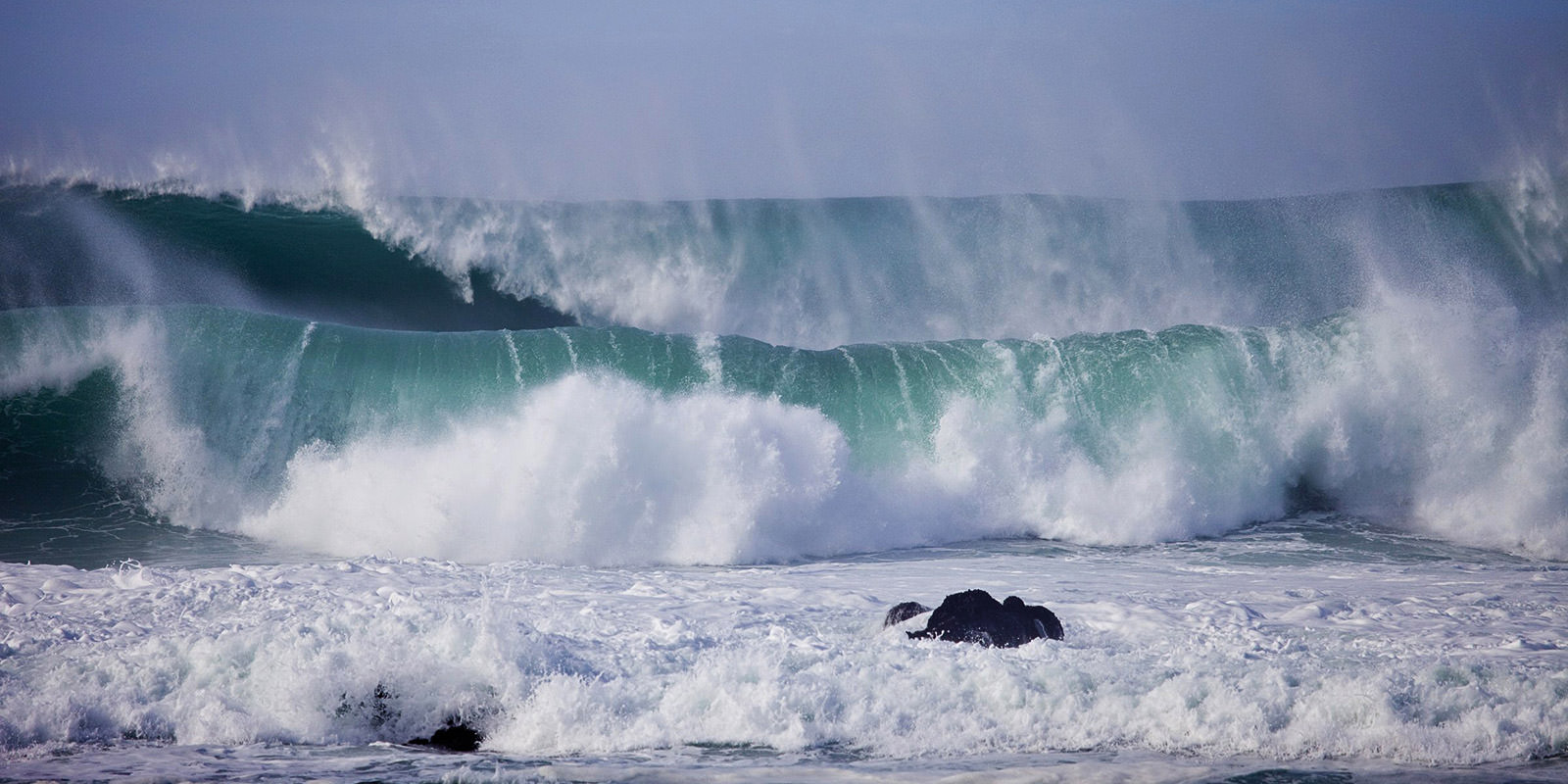
Sanctuaries for the People
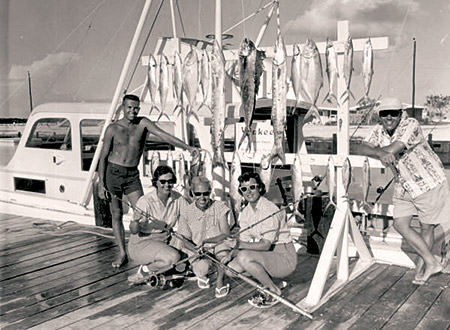
"People protect what they love," Jacques Cousteau famously said. The National Marine Sanctuary System protects unique spots throughout our ocean and Great Lakes. But our ocean and our watersheds are all connected; sanctuaries and monuments can't protect our world's waters by themselves. To help the positive effects of marine protected areas reverberate beyond their borders, it takes a community of dedicated people.
That begins with science. To protect these ocean and Great Lakes treasures for future generations, we have to understand them—and research partnerships are crucial for that. "Collaborations that happen in sanctuaries solve problems that simply couldn't be overcome working in isolation," explains Dr. Steve Gittings, chief scientist for NOAA's Office of National Marine Sanctuaries. Scientific collaboration has helped sanctuaries like Stellwagen Bank National Marine Sanctuary reduce the threat of ship strikes to North Atlantic right whales. It can also help researchers track changing ocean conditions, like the effects of ocean acidification in sanctuaries like Olympic Coast.
But ocean conservation can't stop there: volunteer and stewardship opportunities in sanctuaries provide a huge variety of chances for people to give back to, and care for, the ocean and Great Lakes that they love so much. Sanctuary volunteers serve as citizen scientists, visitor center docents, divers, and more; they help clean up beaches, identify whales, and monitor water quality. With volunteers contributing more than 130,000 hours of their time annually, it's easy to see just how integral they are to protecting national marine sanctuaries for future generations.
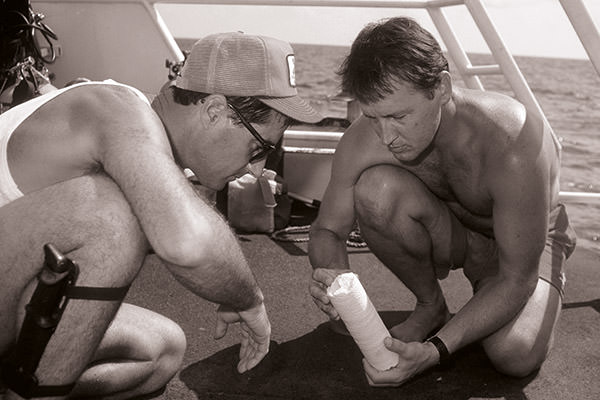
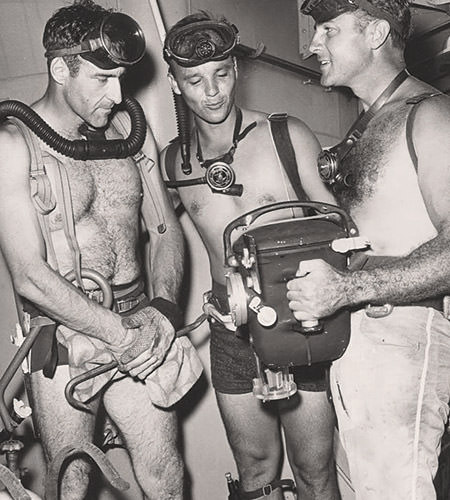
Also with this in mind, each national marine sanctuary has its own advisory council to provide advice and recommendations. These advisory councils represent a broad cross-section of the communities adjacent to national marine sanctuaries, ensuring that everyone gets a seat at the table. "Advisory councils are one way—a great way—for communities to be involved and increase their investment in these places and often their livelihoods," says Becky Holyoke, national advisory council coordinator of NOAA's Office of National Marine Sanctuaries. "Advisory council members serve as two-way streets. They bring their experiences to the table and help us ensure sanctuaries meet communities' needs, while in turn sharing information with their communities. All this helps us make the most informed decisions possible to protect these places and continue to support the communities that depend on them."
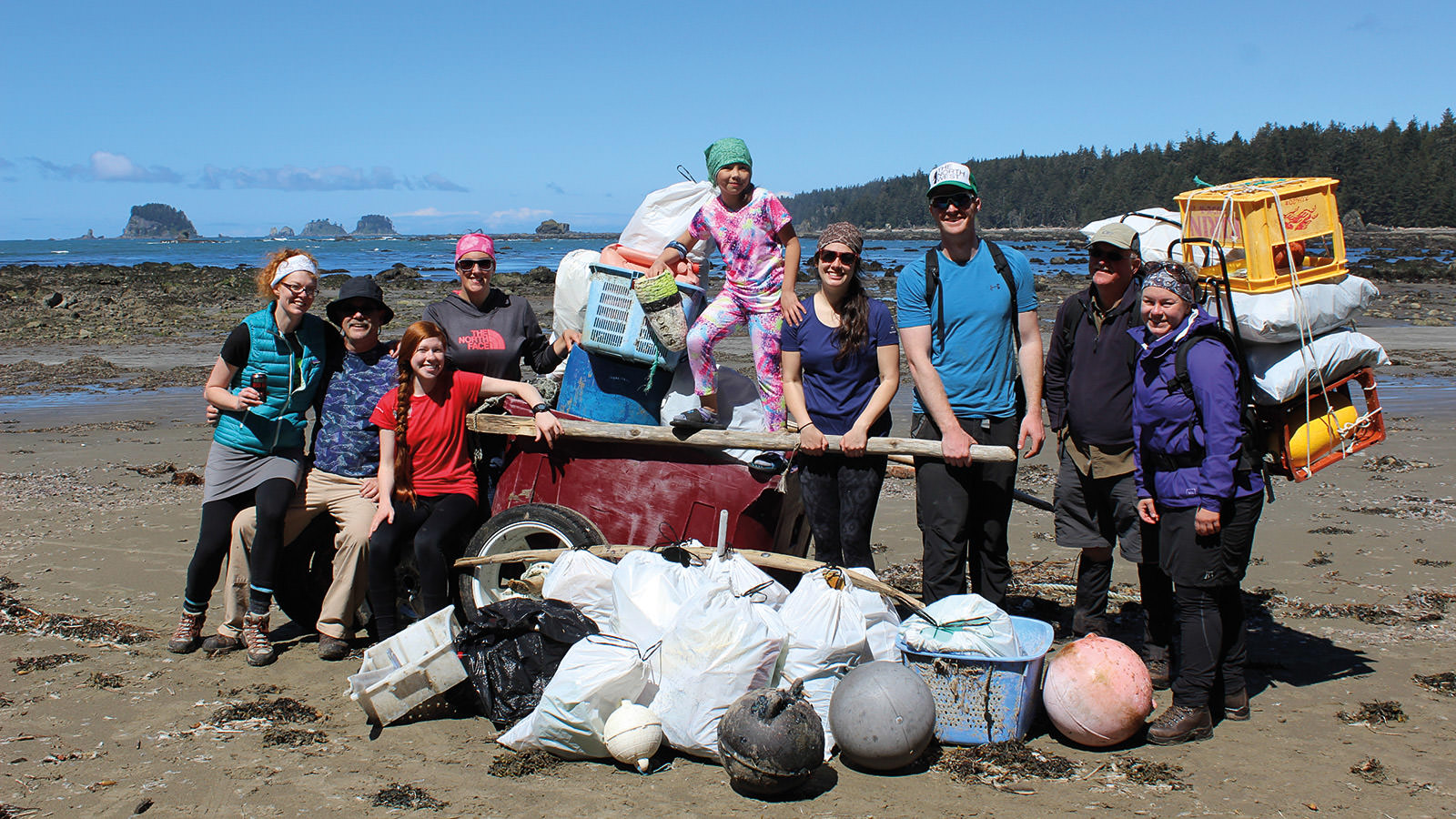
Getting to Know Your Sanctuaries
"Sanctuaries exist because they were appreciated as special places to begin with—something within them was worth protecting," explains Chiara Zuccarino-Crowe, the tourism and recreation coordinator at NOAA's Office of National Marine Sanctuaries. While some national marine sanctuaries are designated to protect key species or habitats, others protect historic maritime artifacts that offer a window into the past. All of these resources offer an opportunity for visitors to learn and play. "Adventurers and explorers don't seek out the mundane. They want to have an experience that is singular, that evokes wonder. Sanctuaries deliver that."
And that same sustainable tourism and recreation helps support strong economies. From 2010 to 2012, $156 million was spent annually on recreational fishing in the four California national marine sanctuaries. In 2014, $101.3 million was spent on recreation in the remote Olympic Coast National Marine Sanctuary alone. When these sites are protected, they gain recognition across the country and around the world, bringing important economic support to the communities that depend on them.
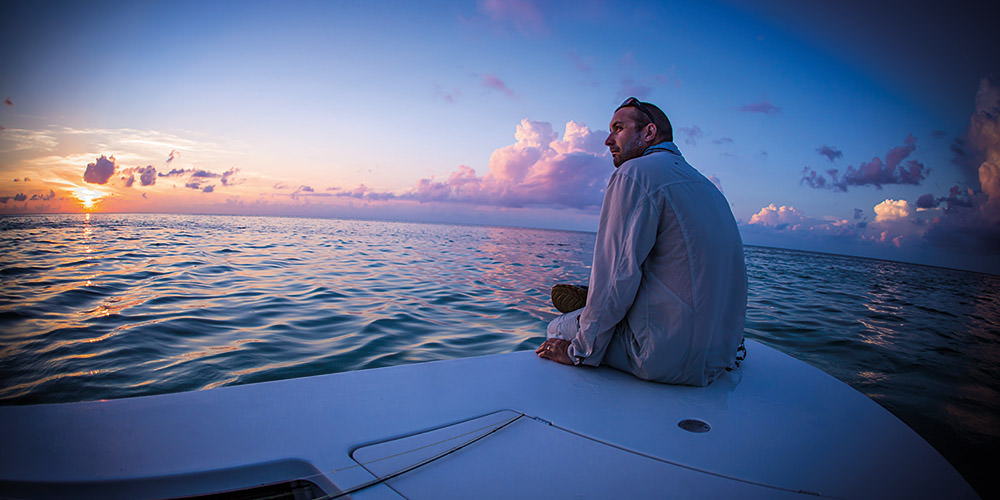
Protecting these special ocean and Great Lakes places also ensures that future generations of adventurers can have equally amazing experiences. Nathaniel Linville, fly fisherman and owner of The Angling Company, says, "I think that we have a really great thing with" Florida Keys National Marine Sanctuary. "You don't have tours or airboat rides running around the backcountry, but there is still a lot of commercial activity out there. If it wasn't for the regulation and thus the preservation provided by the sanctuary, this place would be finished."
Ensuring Our Ocean's Future
"Sanctuaries are the epicenters of communities that depend on and thrive from the greatness within and beauty of their waters," says Becky Holyoke. "The more communities engage with national marine sanctuaries, the more they understand their value and want to protect them."
We are all connected to the ocean. It brings us together; it provides us food and sustenance, relaxation and adventure. It covers 70 percent of our planet, and it's easy to think of it as so vast that nothing we do can possibly affect it. But the more we study it, the more we realize that just as we need the ocean, it needs us, and it will take all of us to protect it for future generations to come.
The future of our communities—their economic resilience and their environmental integrity—depends on how we treat the ocean and Great Lakes today. By maintaining the iconic places of the National Marine Sanctuary System, we ensure that the ocean can remain a place of beauty and bounty for us all.



